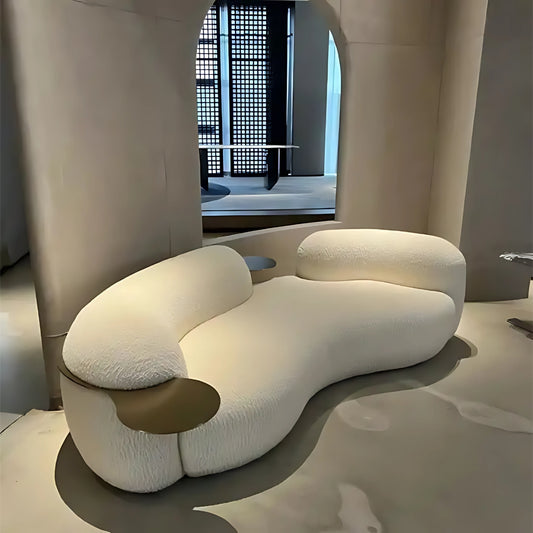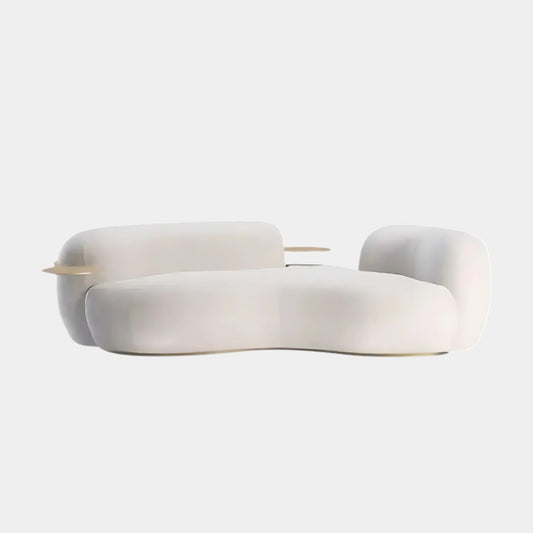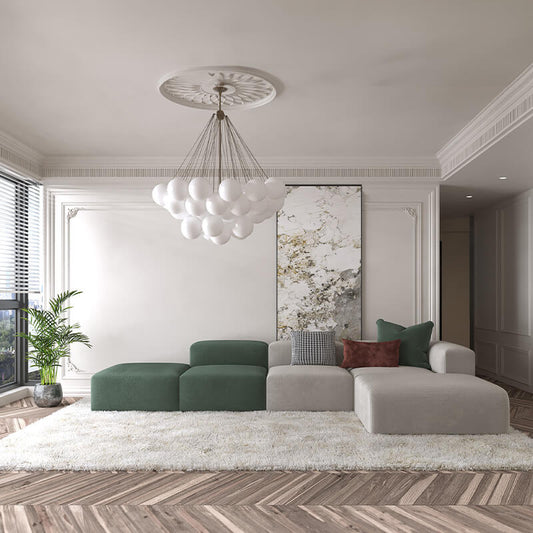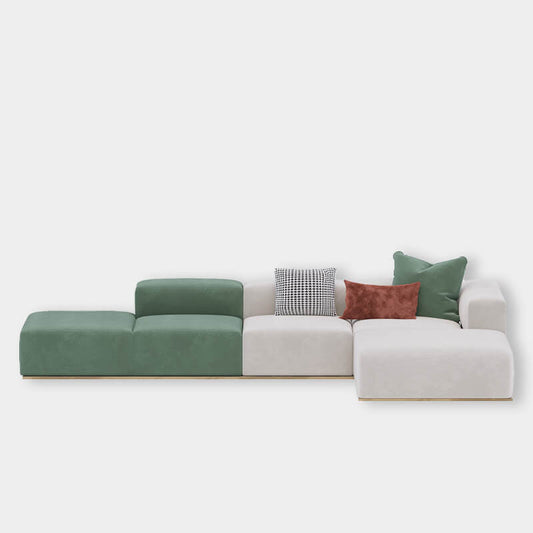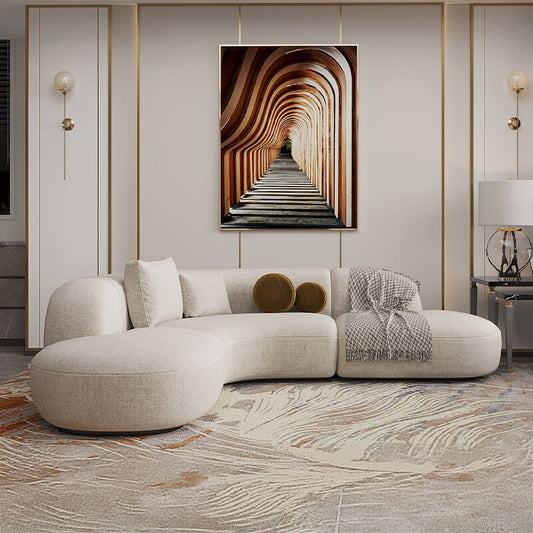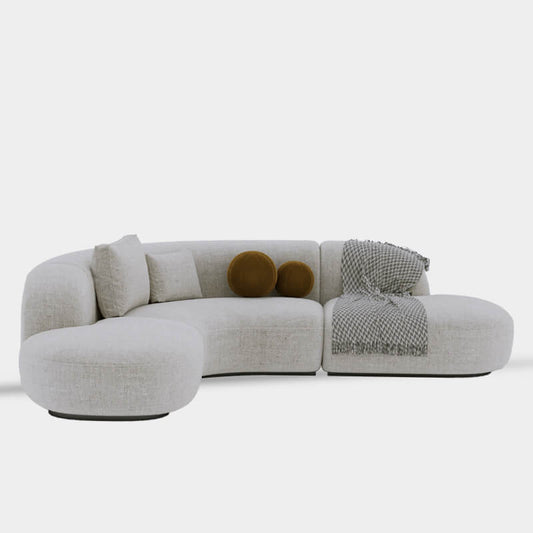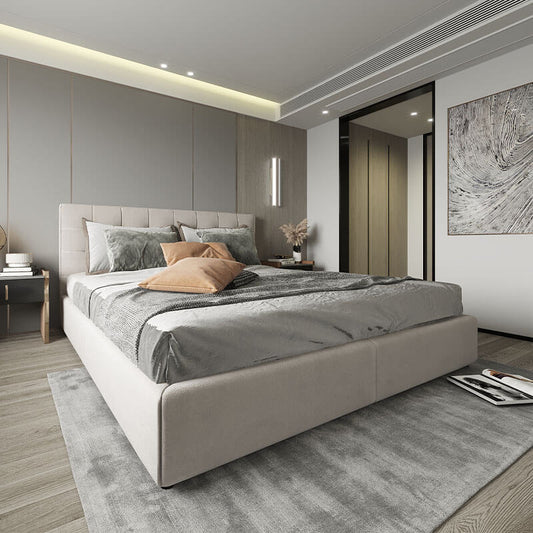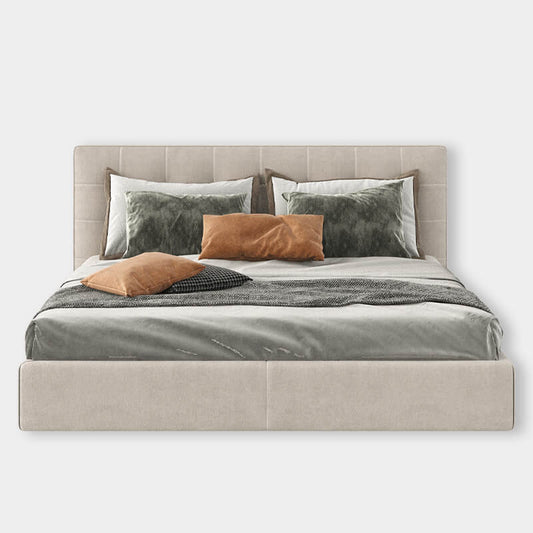Choosing the right type of wood for furniture can make all the difference in durability, aesthetics, and even the overall feel of a room. With so many wood options available, understanding their unique qualities can help you make an informed decision. This guide covers 15 popular types of wood for furniture, detailing their pros, cons, and best uses.
1. Oak
- Description: Oak is a strong and durable hardwood known for its prominent grain and warm tones.
- Pros: Long-lasting, scratch-resistant, versatile in both red and white varieties.
- Cons: Can be heavy and slightly pricier than some other woods.
- Best For: Dining tables, cabinets, and traditional-style furniture.
2. Maple
- Description: Maple is a dense hardwood with a smooth, light-colored grain.
- Pros: Affordable and highly durable; can be stained to mimic more expensive woods.
- Cons: Prone to warping if exposed to moisture.
- Best For: Dressers, cabinets, contemporary designs.
3. Walnut
- Description: Walnut is a dark hardwood with a rich color and straight grain.
- Pros: Luxurious appearance, resistant to warping.
- Cons: Higher price point, limited availability.
- Best For: High-end furniture like coffee tables, desks, and bed frames.
4. Cherry
- Description: Known for its reddish-brown hue, cherry wood darkens beautifully over time.
- Pros: Ages gracefully, smooth grain, durable.
- Cons: More expensive and prone to scratches.
- Best For: Classic furniture, cabinets, antique-style pieces.
5. Pine
- Description: Pine is a softwood with light color and visible knots, giving it a rustic charm.
- Pros: Lightweight, affordable, and easy to work with.
- Cons: Prone to scratches and dents due to its softer nature.
- Best For: Rustic or farmhouse-style furniture, budget-friendly options.
6. Cedar
- Description: Cedar is a fragrant softwood with a natural resistance to decay and insects.
- Pros: Aromatic, durable for outdoor use, insect-resistant.
- Cons: Softer than hardwoods, so it may show wear.
- Best For: Outdoor furniture, storage chests, closet linings.
7. Mahogany
- Description: Mahogany is a tropical hardwood with a deep, reddish-brown color and fine grain.
- Pros: Strong, resists swelling and shrinking, luxurious look.
- Cons: Expensive and harder to find sustainably sourced.
- Best For: High-end cabinetry, classic furniture.
8. Teak
- Description: Known for its natural oils, teak is a tropical hardwood with a golden-brown color.
- Pros: Extremely durable, weather-resistant, low maintenance.
- Cons: High cost due to limited availability.
- Best For: Outdoor furniture, luxurious indoor furniture.
9. Birch
- Description: Birch is a light-colored hardwood with a fine grain, similar to maple.
- Pros: Affordable, smooth surface for finishing.
- Cons: Can be challenging to stain evenly.
- Best For: Cabinets, low-cost furniture.
10. Ash
- Description: Ash has a light color and straight grain, often used as a substitute for oak.
- Pros: Strong and shock-resistant, versatile in design.
- Cons: Less durable outdoors without treatment.
- Best For: Chairs, tables, bentwood furniture.
11. Bamboo
- Description: Technically a grass, bamboo is an eco-friendly, fast-growing material.
- Pros: Sustainable, durable, and resistant to moisture.
- Cons: Limited color options, typically lighter tones.
- Best For: Modern, eco-friendly furniture.
12. Elm
- Description: Elm is a hardwood with an interlocking grain, giving it unique visual appeal.
- Pros: Highly durable, resistant to splitting.
- Cons: Can be hard to work with due to the grain structure.
- Best For: Rustic furniture, tables, and outdoor pieces.
13. Acacia
- Description: Acacia is a dense hardwood with a rich color and natural resistance to wear.
- Pros: Durable, water-resistant, beautiful grain.
- Cons: Heavy and can be pricey.
- Best For: Indoor and outdoor furniture, rustic pieces.
14. Beech
- Description: Beech wood has a pale color and fine, straight grain.
- Pros: Strong, flexible, and shock-resistant.
- Cons: Susceptible to moisture, so not ideal for outdoor use.
- Best For: Chairs, tables, traditional furniture.
15. Poplar
- Description: Poplar is a soft hardwood with a smooth grain and light color.
- Pros: Affordable and easy to work with.
- Cons: Not as durable as other hardwoods; scratches easily.
- Best For: Painted furniture, budget-friendly pieces.





